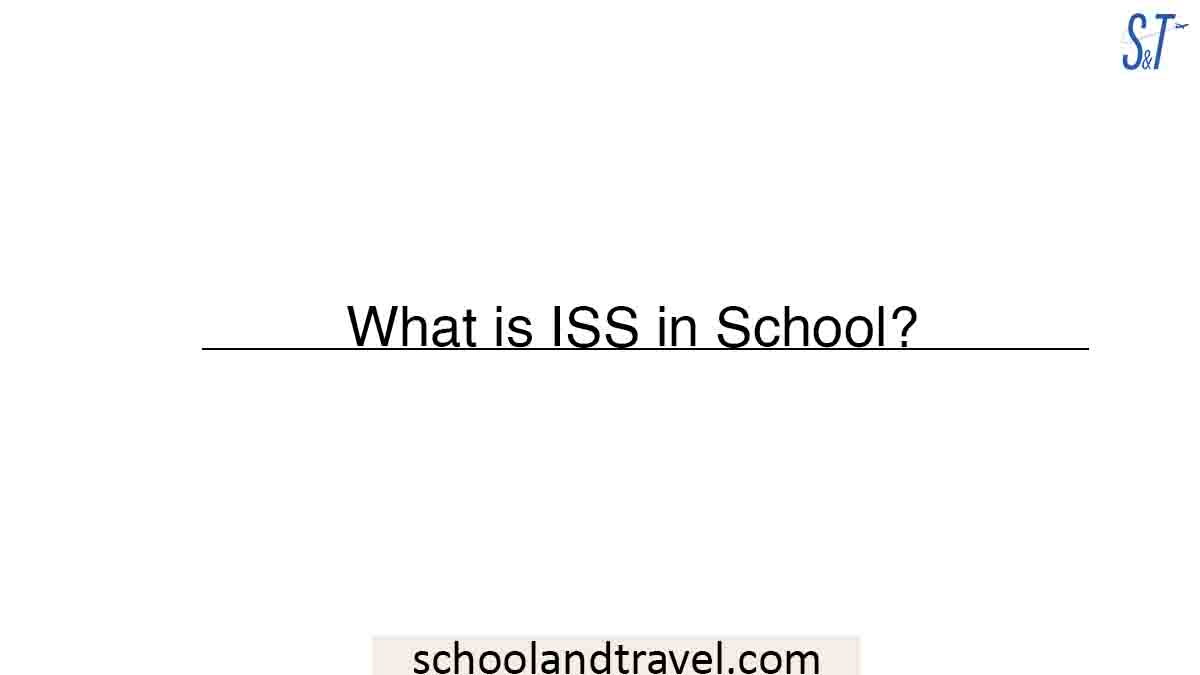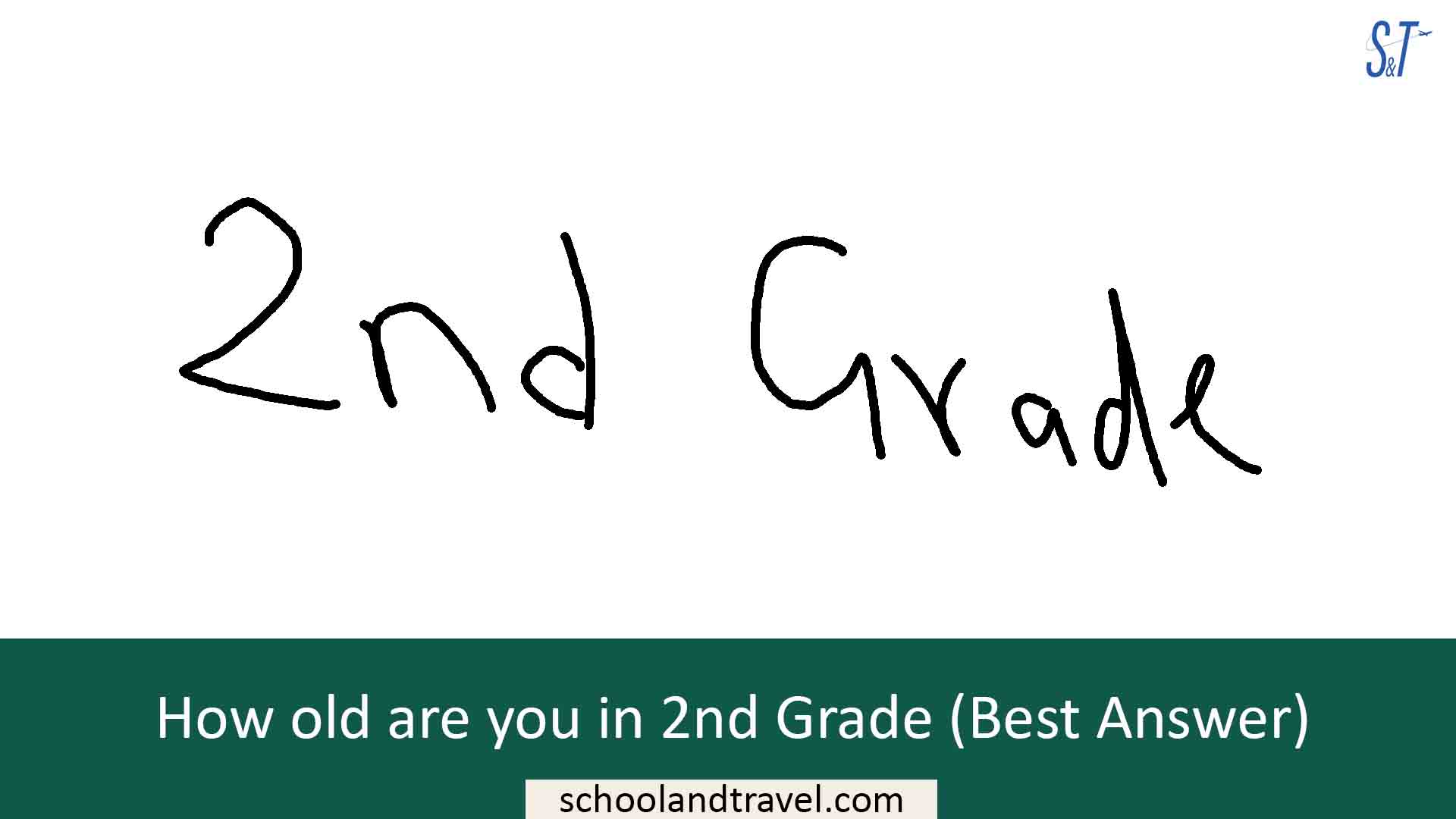ISS sounds new to you, right? Then, read through this article to get a full idea of what ISS stands for in school.
Students who have displayed bad or otherwise disruptive behaviour toward others or who are impeding others from succeeding in their educations are separated from the rest of the class under the ISS system.
ISS is intended to move those pupils to a different part of the school where they can be reprimanded and their behaviour improved.
What is ISS in school?
ISS stands for In-School Suspension. ISS is a punishment approach used by schools to hold students accountable for their behavior while also ensuring that they engage in some way in the academic process.
It is a behavior management and correction program that is used to discipline kids who misbehave.
ISS was created to segregate pupils who have engaged in harmful or otherwise disruptive behavior toward others or who are impeding others’ educational development.
ISS is designed to move those pupils to another part of the school where they can be reprimanded and their behavior improved.
It is employed when the students’ activities are not significant enough to justify suspension and expulsion.
Most schools utilize in-school suspensions to reprimand pupils and make them aware of their actions. At the same time, provide counselling and mentorship as needed.
Schools often strive to prevent kids from missing too many classes and getting in trouble. During the ISS, students should improve and progress in their courses.
How long is ISS in School?
In most cases, a suspension cannot last more than ten days in a calendar year. The length of ISS, on the other hand, is chosen by the school and is dependent on the student’s fault.
The usual ISS is three days, although, for more serious offences, the ISS might be much longer than three days.
If a student completes an In-School Suspension and returns to ISS, he might be suspended for ten days. In other words, a student cannot be suspended for more than ten days in a row but can be suspended for less than ten days.
For example, a kid is sent to ISS for 10 days for an offence, completes the program, then is sent back for five days after a week. The ten-day maximum is not exceeded because the breaks are not consecutive.
Read more: Pass/Fail (Meaning, Advantages, Disadvantages, When to, When not to)
The Best Way to Get Out of ISS at School:
If a student wants to get out of ISS at school, he or she must fulfil all of the program’s rules and restrictions. Additionally, complete each assignment while demonstrating that the problem that caused the ISS has been remedied.
There are various options for contesting the suspension through the proper channels. For example, a student can include his or her parents, who are legally authorized to request a hearing in order to contest the suspension.
In addition, some schools provide a mechanism for parents to file an appeal if they believe their children have been unfairly suspended.
In order for the school’s administrator to assess the evidence and make a fresh decision, all of the evidence and requests from the parents must be provided during the hearing.
The greatest approach to avoid being suspended from school is to avoid being suspended in the first place.
However, if a student is suspended, he or she should carefully review the school laws and, if the suspension is deemed unreasonable, file an appeal through the proper channels.
Read more: Pregnant in Nursing School (Tips, Reasons, Pros & Cons)
Suspension (ISS) Procedures in School:
In the event of an in-school suspension (ISS) in school, students are expected to adhere to stringent guidelines and complete all of their tasks. Some of the most prevalent practices that can be seen in an ISS program, for example, include the following:
- There will be no cell phones allowed.
- For the ISS, some schools have a clothing code that must be followed.
- Personal belongings are not permitted to be brought into the classroom.
- Each day’s assignments are expected to be completed by the students.
- Students are not permitted to walk about the course room.
- There will be no food or beverages permitted.
- Observe all of the usual school rules and regulations.
- There is no conversation allowed with other pupils, and there must be a certain amount of distance maintained with others.
- There is no sleeping permitted.
- Students are expected to conduct themselves in a respectful manner.
ISS Models at School:
Each of the four models of in-school suspension programs examines the consequences of in-school suspensions.
Punitive model:
The punitive model disregards the underlying causes of a conduct. This strategy is all about ensuring that the student is held accountable for his or her actions.
Often, this entails spending the entire school day in a room, completing work. It’s critical to consider the outcome of this type of suspension.
Academic model:
The objective of the academic ISS model in school is to identify the deficiency and provide training to close the gap. It makes obvious that once the stubborn student is less overwhelmed, he will be less inclined to engage in classroom misbehavior.
Therapeutic model:
According to the therapeutic model, we must first ascertain the student’s emotional state. There could be a reason behind the student’s action.
Finally, the person model states that counseling will assist the learner in comprehending the underlying reasons for his or her behavior.
Additionally, this examination and counseling will assist the student in identifying suitable methods for resolving his difficulties other than by acting out.
Conclusion:
The mission of Instructional Student Services (ISS) in school is to assist students in achieving their academic goals. The department’s primary concentration is on children who have Individualized Education Plans (IEPs).






